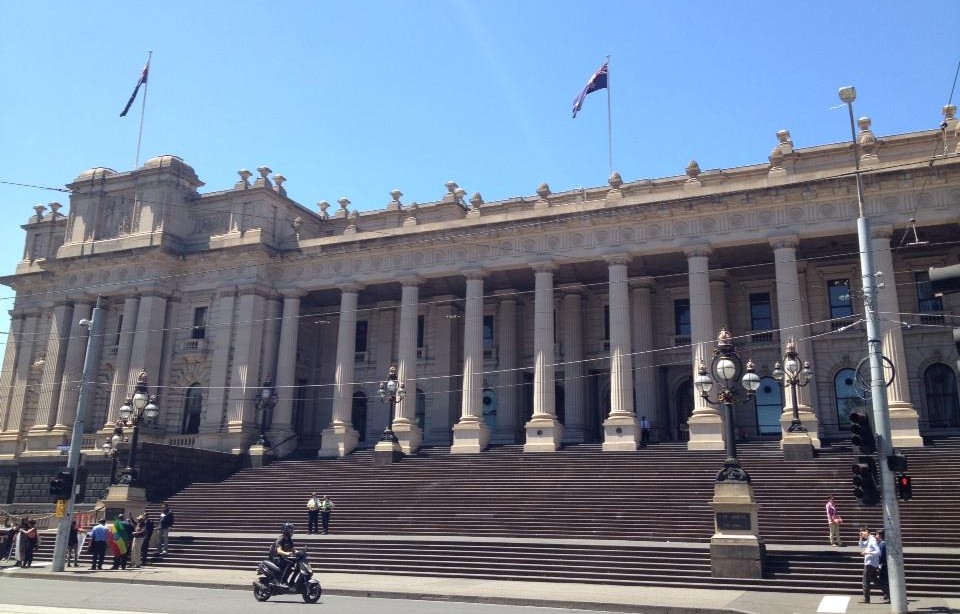Heritage Law in Victoria 101

This morning, Planning Minister Richard Wynne announced the long-anticipated review of the Victorian Heritage Act 1995: http://www.dtpli.vic.gov.au/heritage/about-heritage-in-victoria/heritage-act-review-2015.
New readers of our blog might be asking – what does that actually mean?
Confusion often arises, because there are four common ways for heritage places to be listed in Victoria.
Firstly, the Victorian Heritage Register protects over 2,200 places of State-level significance under the Victorian Heritage Act 1995 – that is, places that are important to the whole of Victoria. Changes to places on the Victorian Heritage Register usually require a permit from Heritage Victoria, the state heritage agency. You can nominate a place for inclusion, and recently, the Avenues of Honour in Kingston, Macedon and Cranbourne were added in recognition of the way they exemplify Victoria’s reaction to WWI.
Secondly, for places of local significance, the local Council can add places to under the Heritage Overlay in their municipal planning scheme. To do this, Council’s usually engage consultants to drive around suburbs noting down heritage places street-by-street. The Planning Scheme Amendment process requires the proposed heritage overlays to be publicly advertised, giving people an opportunity to make a submission and highlight places that are missing; this will sometimes proceed to a Planning Panel which provides further opportunities for public submissions to be made. The Heritage Overlay controls can be tailored for each place, and for heritage gardens it is important that Councils ‘switch on’ the control which triggers the need for a permit to lop or remove trees.
Thirdly, the National Trust has over 10,000 classifications on its own register, accrued over the last 60 years, mostly before planning controls existed as they do now. As a non-profit community organisation, our classifications generally do not have legal consequences (although there are a few exceptions where local planning schemes require permit applications to be referred to the National Trust for comment). The Trust’s classifications were widely used to populate the Victorian Heritage Register and early Heritage Overlays, so most classified places now do have legal protection.
Additionally, the Victorian Aboriginal Heritage Act 2006 provides for the protection of Indigenous cultural heritage and sensitive sites and is administered by the Office for Aboriginal Affairs Victoria (OAAV).
So, heritage legislation in Victoria is tiered and overlaid, and the Victorian system operates independently from heritage listing in other states. However, there is also a National Heritage List which includes less than 100 places of national significance, which is administered by the federal environment department under the Commonwealth Environment Protection and Biodiversity Conservation Act 1999. The World Heritage List which is administered by UNESCO – there are 19 listings in Australia.
More information about heritage protection is available here: http://www.nationaltrust.org.au/vic/HeritageProtection
+ There are no comments
Add yours